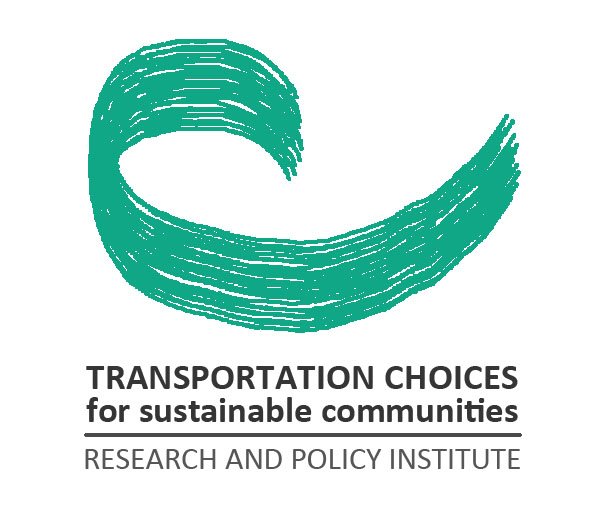Transport Choice Principals have article in the MAY 2014 ITE Journal
May 2, 2014, Posted in News&Updates
The May 2014 issue of the Institute of Transportation Engineers (ITE) Journal has published an article written by the four principals of Transportation Choices for Sustainable Communities. Titled “Changing The Paradigm Of Traffic Impact Studies: How Typical Traffic Studies Inhibit Sustainable Transportation”, the article makes the case that the auto-focussed approach of conducting traffic impact studies of the last five decades has inhibited the planning and implementation of sustainable transportation modes i.e walking, biking and transit. We look forward to continuing reverse this trend in our future work.
If you are an ITE member you can see it at www.ite.org and read it in the hard copy edition of the ITE Journal. Or you can download it using the link above.
We have provided excerpts below.
Abstract
The practice of focusing on automobile LOS and traffic flow as part of environmental clearance has, ironically, actually inhibited sustainable transportation, i.e. transit, bicycling and walking. This paper describes the problems with current practices and suggests how transportation studies should be used to improve mobility and livability for all.
Introduction
From the very first environmental document required by the National Environmental Policy Act (NEPA) and California Environmental Quality Act (CEQA), 1970, transportation has been one of the required elements. Even before transportation studies were required by these laws, public agencies conducted studies to plan for future major transportation investments and to serve new land uses.
However, the role of traffic impact studies (TIS) in the environmental review process has become distorted. Instead of focusing on how traffic impacts the environment, including human beings, most studies consider an impact on traffic and traffic flow as an environmental impact.1 The consequence of this fundamental switch is that any project that affects traffic flow or increases traffic delay is considered an adverse environmental impact. Moreover, measures that might help reduce automobile traffic, such as providing facilities for other modes i.e., biking, walking and transit, must be analyzed for their adverse “impact” on traffic flow.
Even when not part of a NEPA/CEQA analysis, for the last five decades, the singular focus on preserving traffic Level of Service (LOS) for automobiles has inhibited the implementation of sustainable transportation projects. This paper describes why certain assumptions of typical TIS may be problematic; it then describes promising trends, and suggests improvements for transportation studies.

